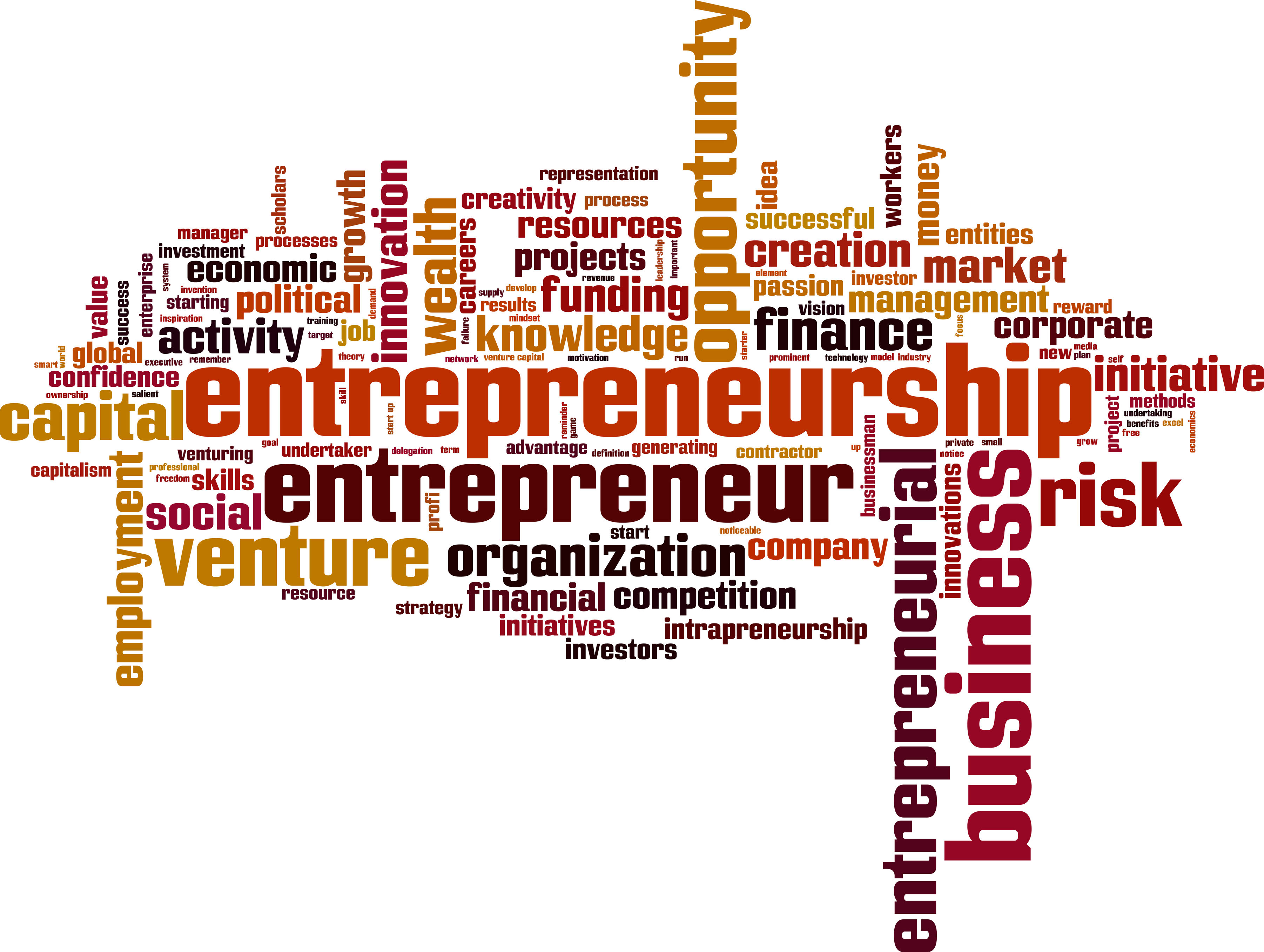The life of a social entrepreneur revolves around striking a balance between the social cause and the financial sustainability of the enterprise. What distinguishes social businesses from every other sort of for-purpose organizations is the ability to generate enough revenue to cover its costs and not depend on external sources of funding.
Here also lies a huge challenge for a lot of social entrepreneurs who are driven by their desire to create positive social change, but are not necessarily well-versed in financial modeling.
Social businesses compete for funding in a very tough market, one in which financial projections matter and numbers speak more than words. To maintain a competitive edge, social businesses need to look beyond ROI and tap into their social mission to attract the investors. Here is where measuring your social impact comes into play.
Putting a financial value on your social impact is at the very best difficult, and at the very worst impossible in the minds of most social entrepreneurs, but it is also vital. Not knowing how much impact you are creating and even more importantly, whether or not that impact is positive, is detrimental to the social business’s core mission.
The saying “if you can’t measure it, you can’t manage it” is as true for social enterprises as it is for conventional businesses, and social enterprises need to get on board with it if they wish to remain competitive.
Once the social entrepreneur has established the need for social impact measurement, he or she might feel overwhelmed by the variety of frameworks that exist. One of the most widely recognized frameworks is Social Return on Investment or SROI. SROI allows you to assign financial proxies to your social outcomes in order to gauge the value created i.e. your impact.
For instance, if you are working on a community development project in rural India, one of the outcomes could be increased self-esteem of people going through your program. SROI allows you to quantify that increase and demonstrate how much of it happens thanks to each dollar invested in the project.
Conducting a SROI analysis also helps you break down your business into smaller segments based on your inputs, activities, outputs and outcomes. This allows you to see exactly which of your business operations are working and to what extent, and which activities are potentially just a waste of resources.
Social enterprises need to bear in mind that not all impact is positive impact. Sometimes, even the best of intentions can end in creating negative impact for the communities the enterprise operates in. SROI is a great tool to get you thinking in those terms and assess the unintentional impact.
One of the questions a lot of social startups have is when the right time to start measuring their social impact is. The answer to that question is: the sooner the better. The beauty of the SROI method is that it can be used to forecast the social impact as well as measure any existing one.
Make no mistake; your business competitors are doing all of their financial forecasting and approaching the same investors that you want on board as well. Do not lose out just because measuring your social impact seems intimidating.

